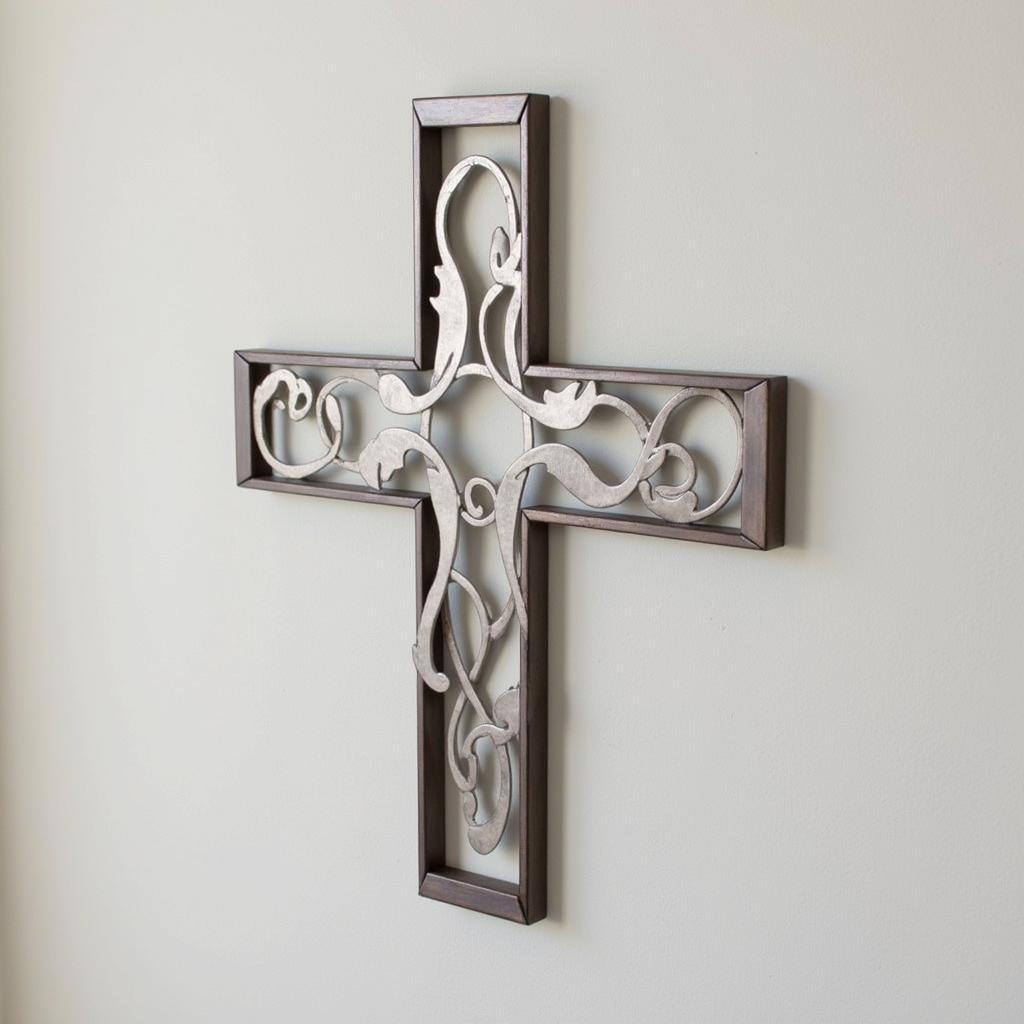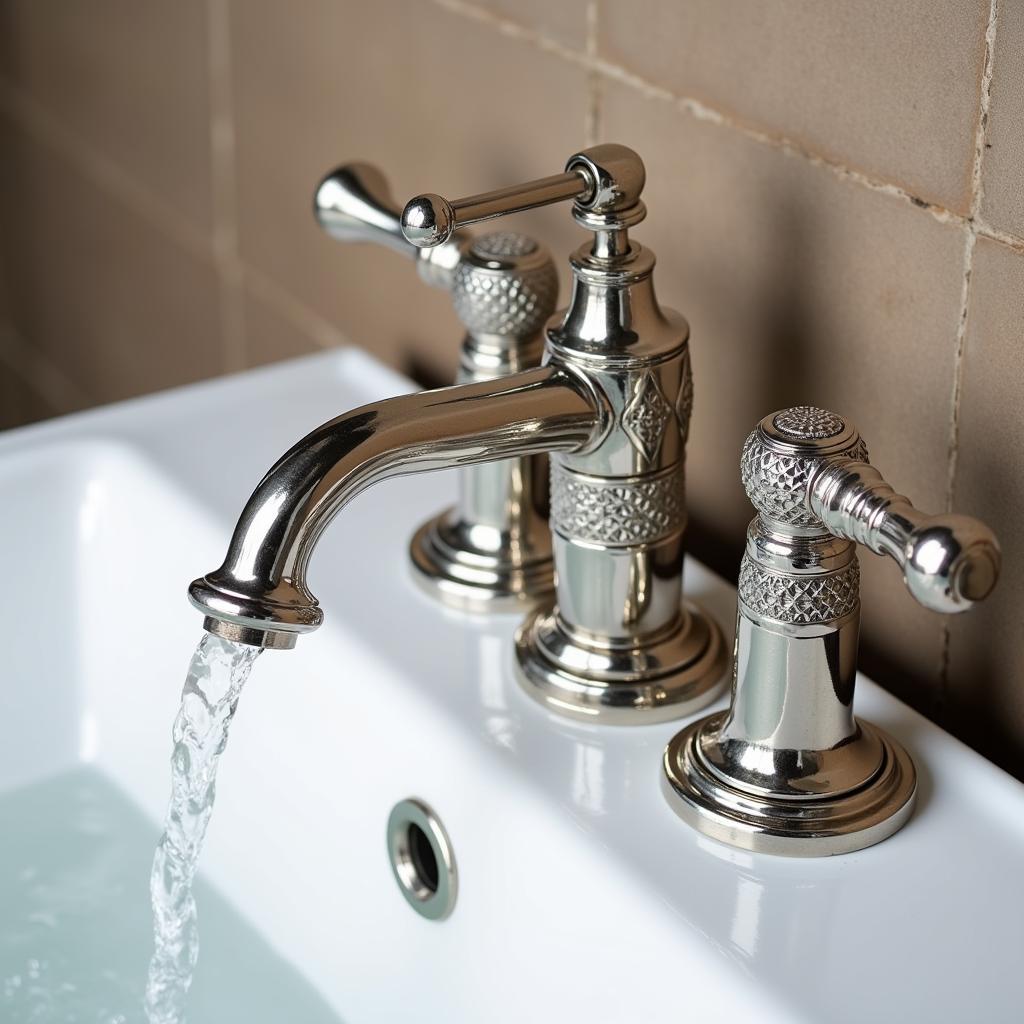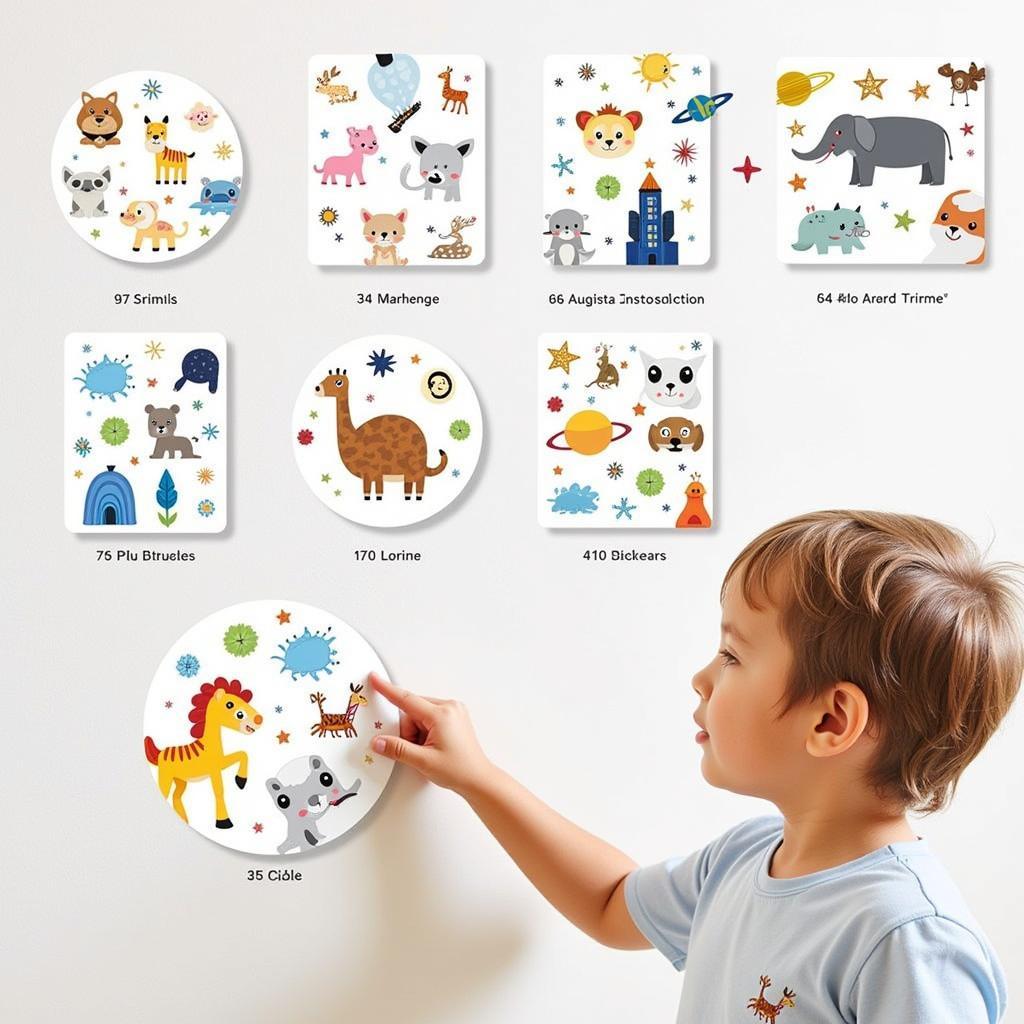The Ultimate Guide to Brushes for Art: Finding the Perfect Tools for Your Masterpiece
Brushes for art are essential tools for any artist, whether a beginner or a seasoned professional. From the delicate strokes of a watercolor brush to the bold textures created with a palette knife, the right brush can significantly impact your artistic expression. This guide delves into the world of art brushes, exploring various types, materials, and techniques to help you choose the perfect tools for your creative journey.
Choosing the right brushes for art can be daunting with so many options available. This guide will equip you with the knowledge you need to make informed decisions and elevate your artwork. We’ll cover everything from the basics of brush construction to specialized brushes for different mediums. Let’s begin!
Understanding Brush Anatomy
Every Brush For Art, regardless of its purpose, shares some common components. The handle provides grip and control, often made of wood or synthetic materials. The ferrule, a metal band, securely holds the bristles or hairs to the handle. The belly refers to the thickest part of the bristle bundle, while the tip is the tapered end responsible for fine details and precise strokes.
Types of Brushes for Art
Watercolor Brushes
Watercolor brushes are designed for the delicate and fluid nature of watercolor paints. They typically have soft, absorbent bristles made from natural hair like sable or synthetic fibers. Round brushes are ideal for washes and general watercolor work, while flat brushes are useful for creating sharp edges and blocks of color.
Choosing the right watercolor brushes for nail art can enhance the precision and detail of your nail art designs.
Acrylic Brushes
Acrylic brushes are designed to handle the thicker consistency of acrylic paints. They often have stiffer synthetic bristles that maintain their shape even with heavy paint loads. Flat brushes are popular for bold strokes and impasto techniques, while round brushes offer versatility for blending and detail work. Filbert brushes, with their rounded tips, are excellent for blending and creating smooth transitions.
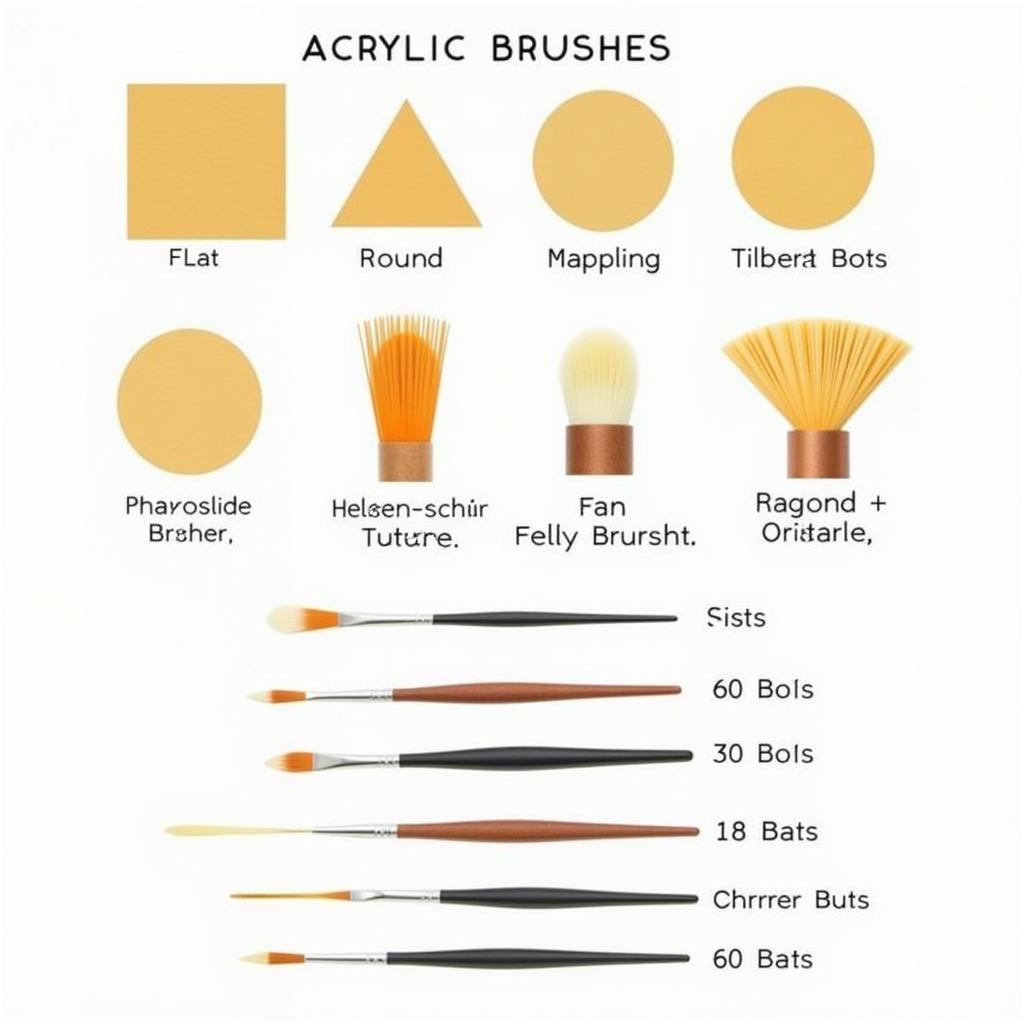 Acrylic Brush Types for Art
Acrylic Brush Types for Art
Oil Painting Brushes
Oil painting brushes are typically made with hog bristles or synthetic fibers that are resilient and can hold a large amount of oil paint. Similar to acrylic brushes, round, flat, and filbert shapes are commonly used in oil painting. Bright brushes, with their short, stiff bristles, are ideal for impasto and creating textured effects. Fan brushes are used for blending and creating soft textures.
Brushes for Specific Techniques
Beyond the standard brush types, specialized brushes cater to specific artistic techniques. Nail art brushes set are designed for intricate nail art designs, with fine tips and precise control. Lettering brushes, with their long, flexible bristles, are perfect for calligraphy and creating elegant lettering. Rigger brushes, with their long, thin hairs, are used for fine lines and details in various mediums.
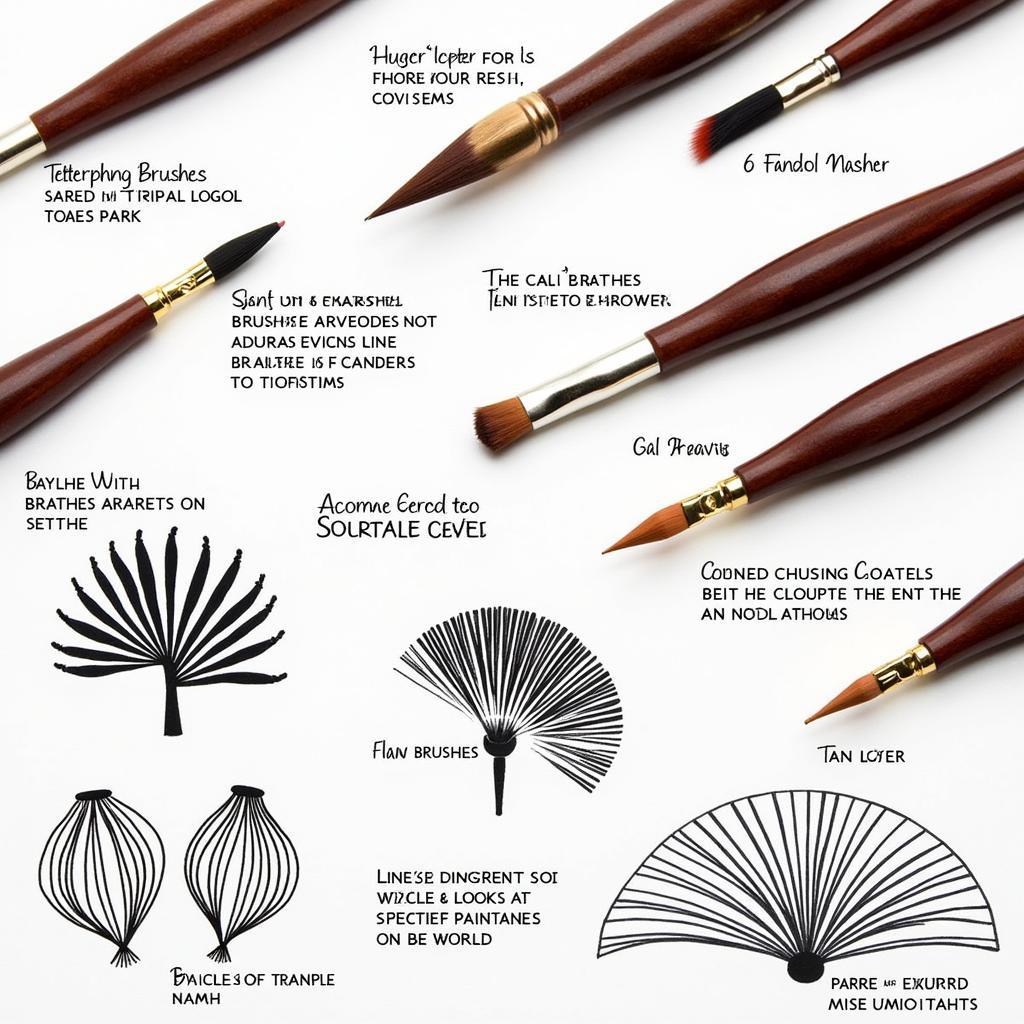 Specialized Brushes for Different Art Techniques
Specialized Brushes for Different Art Techniques
Brush Care and Maintenance
Proper care and maintenance are crucial for extending the lifespan of your brushes for art. Always clean your brushes thoroughly after each use, using the appropriate solvent for your chosen medium. Reshape the bristles and store your brushes upright to maintain their shape and prevent damage.
What are the best brushes for oil painting? Hog bristle brushes and synthetic brushes are excellent choices for oil painting.
Choosing the Right Brush: Factors to Consider
When selecting brushes for art, consider the medium you’ll be working with, the desired effect, and your personal preferences. Experiment with different brush types and sizes to discover what works best for your artistic style.
Jane Doe, a renowned art instructor, emphasizes the importance of experimentation: “Don’t be afraid to try different brushes. The feel of a brush in your hand and the marks it makes on the canvas are just as important as its technical specifications.”
Oil art brushes offer a variety of options to suit your oil painting needs, from creating fine details to achieving textured effects.
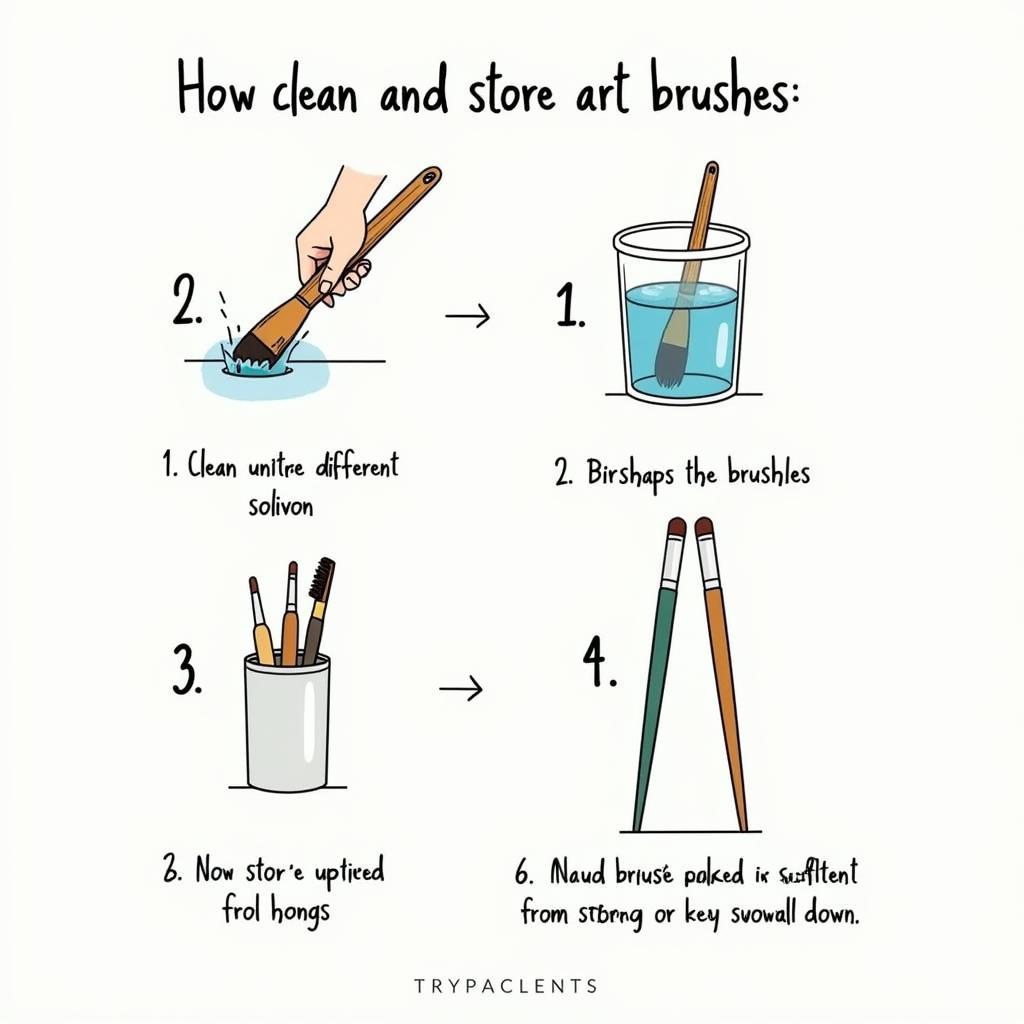 Brush Care and Maintenance Tips
Brush Care and Maintenance Tips
Conclusion
Brushes for art are an extension of the artist’s hand, allowing for the translation of vision into tangible form. Understanding the nuances of brush types, materials, and care will empower you to choose the right tools and unlock your full artistic potential. By exploring and experimenting with different brushes, you can discover the perfect instruments to bring your creative ideas to life.
FAQ
- What are the most common types of art brushes? Round, flat, filbert, fan, and liner brushes are among the most common types.
- What is the difference between natural and synthetic bristles? Natural bristles are softer and more absorbent, while synthetic bristles are more durable and resilient.
- How do I clean my art brushes? Use the appropriate solvent for your medium (water for watercolor, thinner for oil and acrylic) and gently clean the bristles.
- How should I store my brushes? Store brushes upright to maintain their shape and prevent damage.
- What are the best brushes for beginners? Synthetic brushes are a good starting point for beginners due to their affordability and versatility.
- What are art nail brushes used for? These brushes are designed for intricate nail art designs, allowing for precise application and detailing.
- What is the best way to choose the right brush? Consider the medium, desired effect, and your personal preference. Experiment with different types and sizes to find what works best for you.
John Smith, a professional artist, advises, “Invest in good quality brushes. They will make a noticeable difference in your work and last much longer with proper care.” Another expert, Maria Garcia, adds, “Don’t be afraid to experiment with different brush techniques. Each brush can create a unique effect, so explore and discover what you can achieve.”
For further inspiration explore letter brush art.
Need more assistance? Contact us! Phone: 02462573573, Email: [email protected]. Visit us at: Savico Megamall, 7-9 Đ. Nguyễn Văn Linh, Gia Thụy, Long Biên, Hà Nội 10000, Việt Nam. We offer 24/7 customer support.

